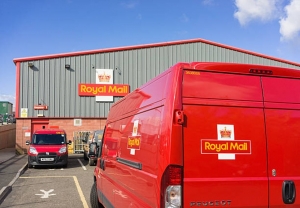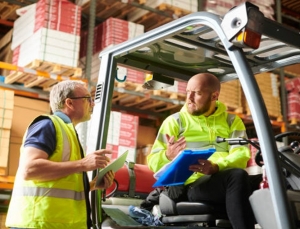Royal Mail Hits 90% Automation Milestone in Parcel Network
Royal Mail has announced a major leap forward in its transformation journey, confirming that 90% of its parcel operations are now automated. The company hailed the achievement as a significant boost to efficiency and customer service, marking a new era for its delivery network.
This success follows significant investment in technology, including the launch of two advanced parcel hubs in Warrington and Daventry, which together can handle up to 1.5 million parcels daily. Additional upgrades include ten new conveyors for large parcels at mail centres nationwide, and high-speed sorting machines in Leeds, Plymouth, and Exeter - each capable of processing an extra 21,000 parcels per hour.
To further streamline services, Royal Mail rolled out an updated app in March 2025, allowing customers to receive proof of postage when using barcoded labels at one of the UK’s 115,000 post-boxes. The firm has also introduced digital tracking to its transportation containers and added barcodes to stamps, enhancing traceability and tackling counterfeit issues.
Royal Mail’s Chief Operating Officer, Alistair Cochrane, called the automation milestone a “crucial step” in building a smarter delivery network. He emphasised the company’s ongoing commitment to adopting new technology to meet rising expectations while equipping staff with the tools to work more effectively in a fast-moving logistics landscape.
HGV Skills Bootcamps Drive Progress, but Future Funding in Doubt
Since its inception in 2021, the Department for Education’s HGV Skills Bootcamps scheme has helped thousands take the wheel of a new career. By February 2025, over 3,400 people had completed HGV training through HGVC-led Bootcamps, with nearly 2,700 securing job offers. The initiative has seen strong uptake from businesses too, with 965 employers - predominantly small and medium-sized enterprises - taking part.
Beyond addressing the UK’s critical driver shortage, the scheme has also improved diversity within the industry. Around 10% of applicants were women and nearly a quarter came from Black, Asian or minority ethnic backgrounds, a notable shift in a sector historically lacking representation. Roughly a third of trainees were under 36, highlighting the programme’s success in drawing younger recruits.
Skills Bootcamps, lasting up to 16 weeks, provide tailored training and are heavily subsidised depending on employer size. Smaller firms receive 90% funding, while larger organisations get 70%. Businesses can also train recruits before employment, easing entry into the logistics sector. James Kemball’s Compliance Manager, Adrian Gray, praised the scheme as a smart, cost-effective solution to workforce gaps.
While the programme’s impact is clear, concerns remain. HGVC CEO James Clifford warns that without continued funding past 2025, the UK may again face HGV driver shortages—an issue that still threatens supply chains and the wider economy.







